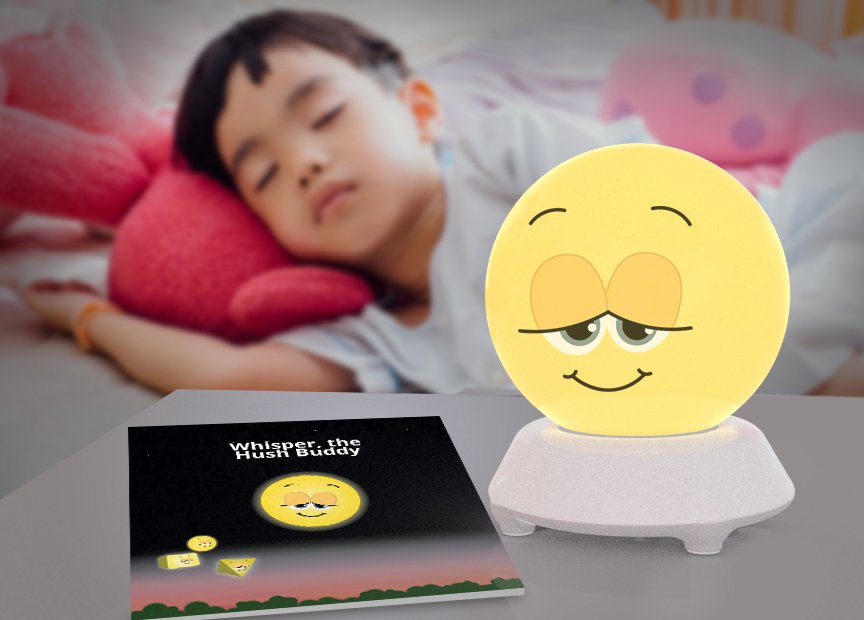Sleep Regression
4 steps to take when you suspect a sleep regression

By SCOTT HANSON
You may have heard doctors say there’s no evidence sleep regression in children is really a thing. As the father of twins, I’ve seen it.
That child you know SO well is making sleeping like a champ, and then suddenly seems to slide backwards– fussing and coming out of their room over and over. It’s baffling.
One note of hope: I remember our pediatrician telling me that any regression—whether it involves speech, motor skills or sleep— is short lived (a week or two) and occurs right before a child makes a leap forward in that same department. Sure enough, that’s what I saw with my twins.
But if a parent doesn’t handle sleep regression correctly, that temporary setback could become a long term bad habit. And NOBODY benefits from that.
“The risk is making a short term sleep regression into a long term behavior.”
Here are 4 ways to handle sleep regression:
4 WAY TO HANDLE SLEEP REGRESSION
1. Rule oUT A MEDICAL CAUSE FOR THE SLEEP REGRESSION
Perhaps your little one is cutting a new tooth, or has an ear infection. Those would disrupt anyone’s sleep! Most parents pick up on those issues quickly, but it’s worth mentioning. If it seems there’s no physical problem causing it all then…
2. DOUBLE DOWN ON YOUR HEALTHY BEDTIME ROUTINE
Perhaps your child is backsliding because you’ve gotten a little loose with the bedtime structure. Maybe you started laying down with them, and now they associate YOU with their ability to go to sleep, so they seek you out.
See our post How to Get Your Toddler to Sleep for best practices that may have gotten a little rusty. Doubling down on a good, consistent bedtime routine is the best single step you can take.
3. Reassess how many hours your child should sleep
It’s possible your toddler has simply outgrown their sleep schedule. A newborn can (and should) sleep 16 hours a day. By 6 months, 14 hours is more the norm. Toddlers age 2 to 4 need 12 hour minimum. So perhaps your expectations are set too high.
Bedtime fading is a great technique to nail down your child’s sleep needs and what their optimal sleep hours are. Read about bedtime fading here.
Keep in mind that children from 18 to 24 months of age typically shift from a morning nap to an afternoon nap. And kiddos who are 2 to 4 often give up naps altogether.
4. Don’t reinforce the bad behavior
This is the HARDEST thing to do in the middle of the night, but if you give in and start welcoming your toddler into your bed at night, you risk making a short term sleep regression into a long term behavior.
So if they wake you up, silently lead them back to their room with little or no physical contact. With two parents, you both may need to make the trip. Maybe a dozen times. It feels insane, but they will understand you can outlast them.
Be firm in your expectation. After all, if they used to sleep through the night, they can again.
Helping your child stay in their own bed is such a common problem, we’ve written a whole article about it.
Sleep regression can be an exhausting bump in the road. But if handled correctly, it can be a short step backward, before charging ahead to more healthful sleep.
MORE SLEEP FOR YOUR TODDLER
(AND YOU!)


